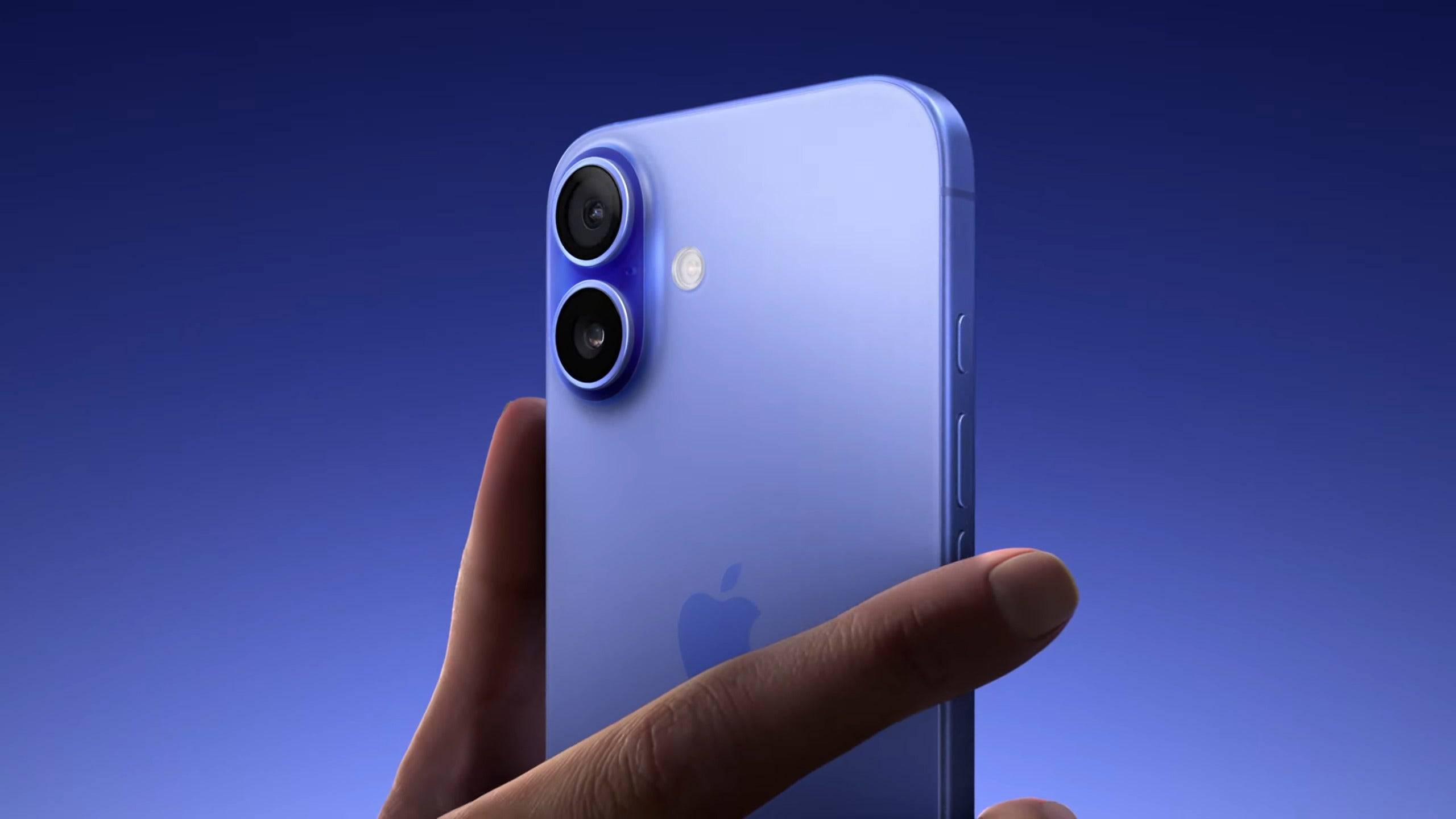Google Pixel: Complete Release Date Timeline
The Google Pixel lineup has established itself as a premier choice among Android smartphones, rivaling the likes of the Apple iPhone and Samsung Galaxy series. Since its debut in 2016, Google has consistently evolved the Pixel series, introducing innovative features and improvements with each new model. If you're interested in seeing how Google has refined its flagship smartphones over the years, now is the perfect time to dive into the history of the Pixel series.
How Many Google Pixel Generations Have There Been?
To date, there have been 17 different Google Pixel generations. This count does not include separate listings for Pro or XL models but does encompass distinct models such as the a-series and the Fold series.
AnswerSee ResultsEvery Google Pixel Generation in Order of Release
Google Pixel - October 20, 2016
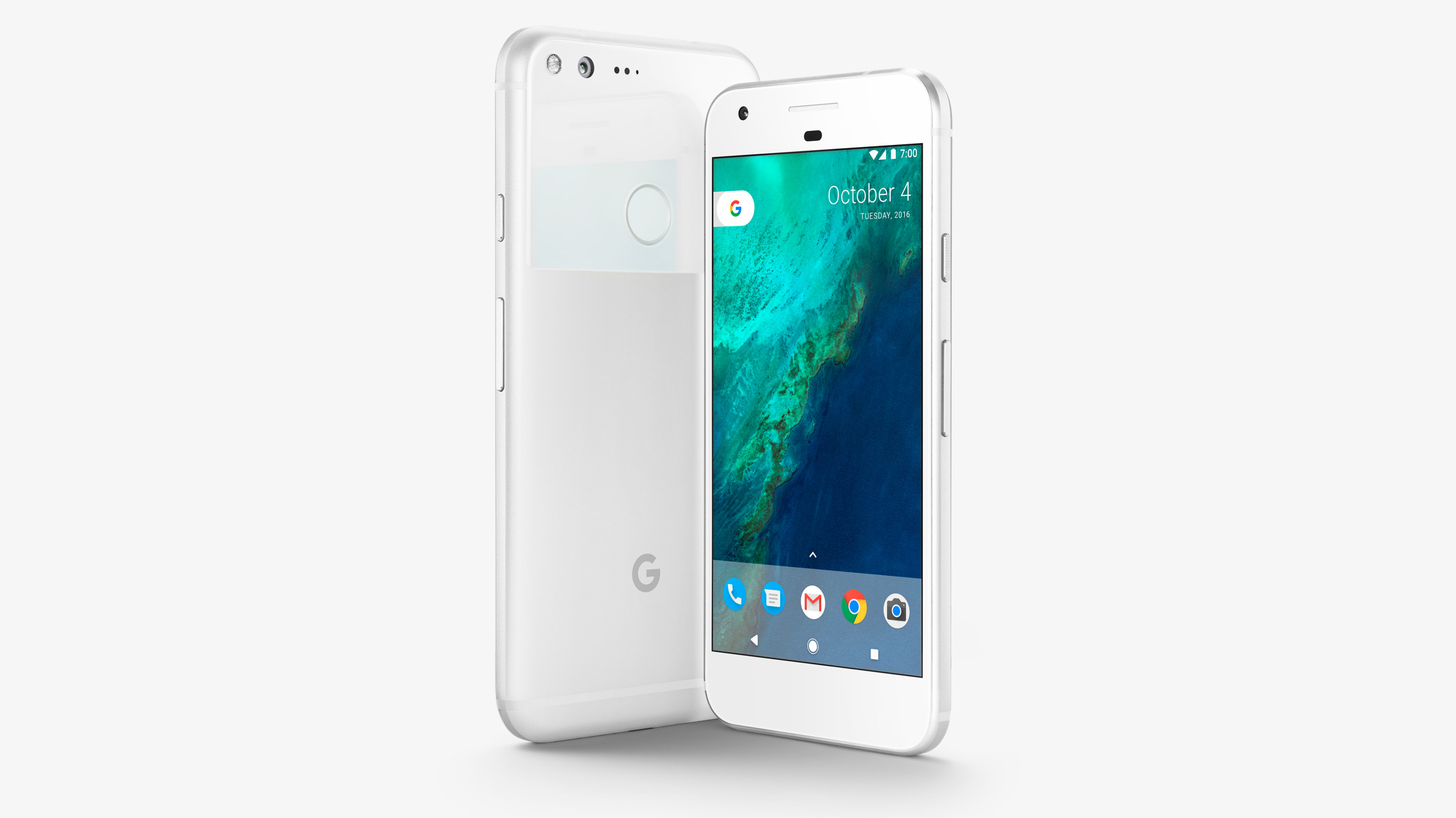
The original Google Pixel, launched on October 20, 2016, marked the beginning of Google's Pixel journey. It was one of the first smartphones to embrace USB-C technology and boasted a 12.3-megapixel camera. The lineup included both the standard Pixel and the larger Pixel XL.
Google Pixel 2 - October 17, 2017
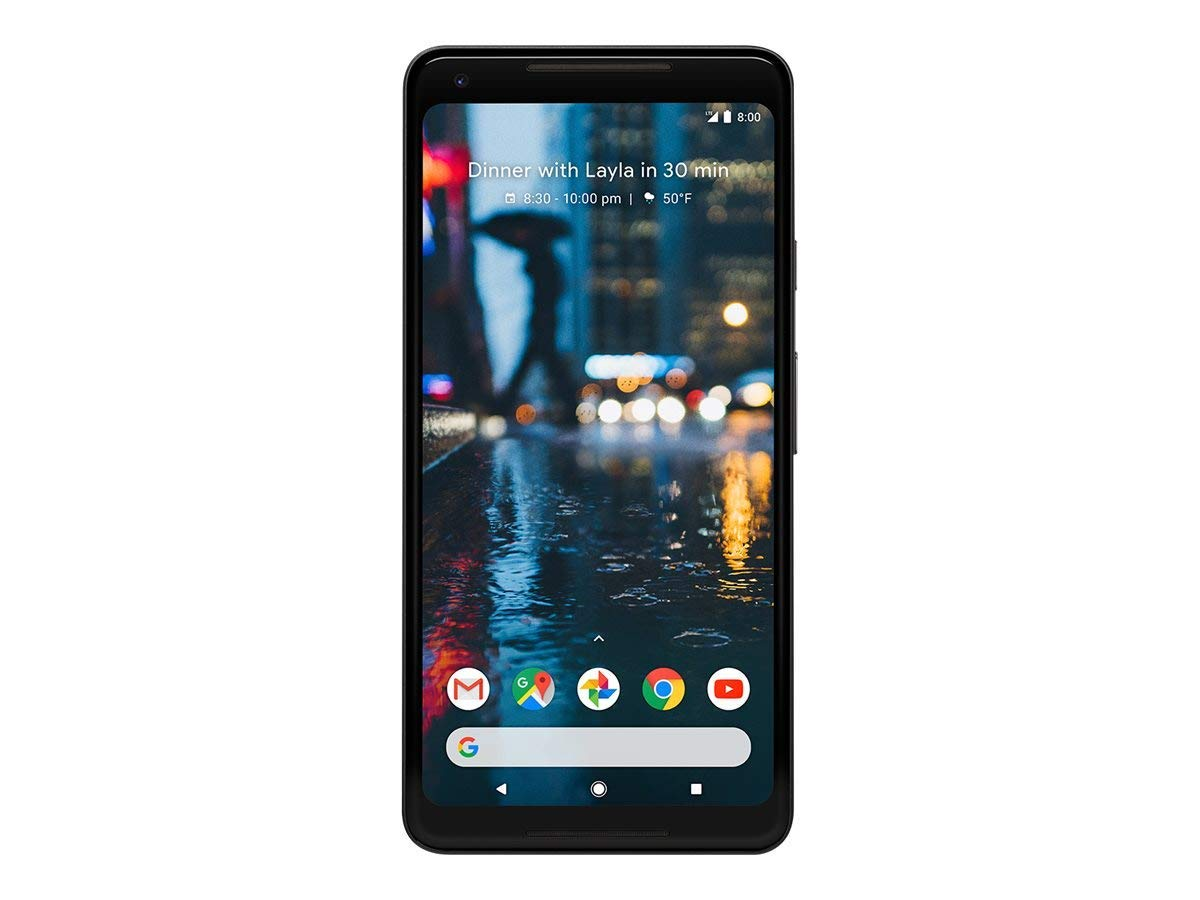
Released on October 17, 2017, the Google Pixel 2 introduced significant camera upgrades, including optical image stabilization. Notably, it was the first Pixel model to remove the headphone jack, although it improved upon some Bluetooth connectivity issues from its predecessor.
Google Pixel 3 - October 18, 2018
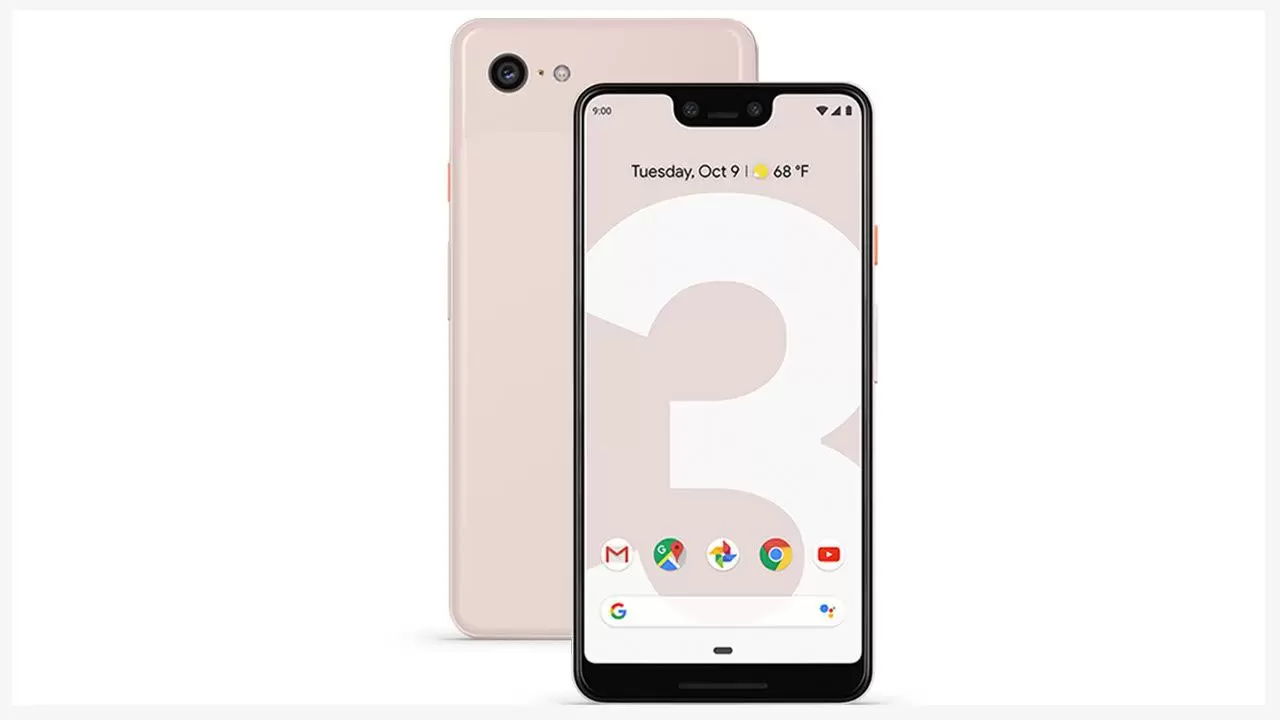
The Google Pixel 3, launched on October 18, 2018, featured slimmed-down bezels and a higher resolution display, increasing by 12.5% to a 5.5-inch screen. It also introduced wireless charging, eliminating the need for a USB-C cable to power up.
Google Pixel 3a - May 7, 2019
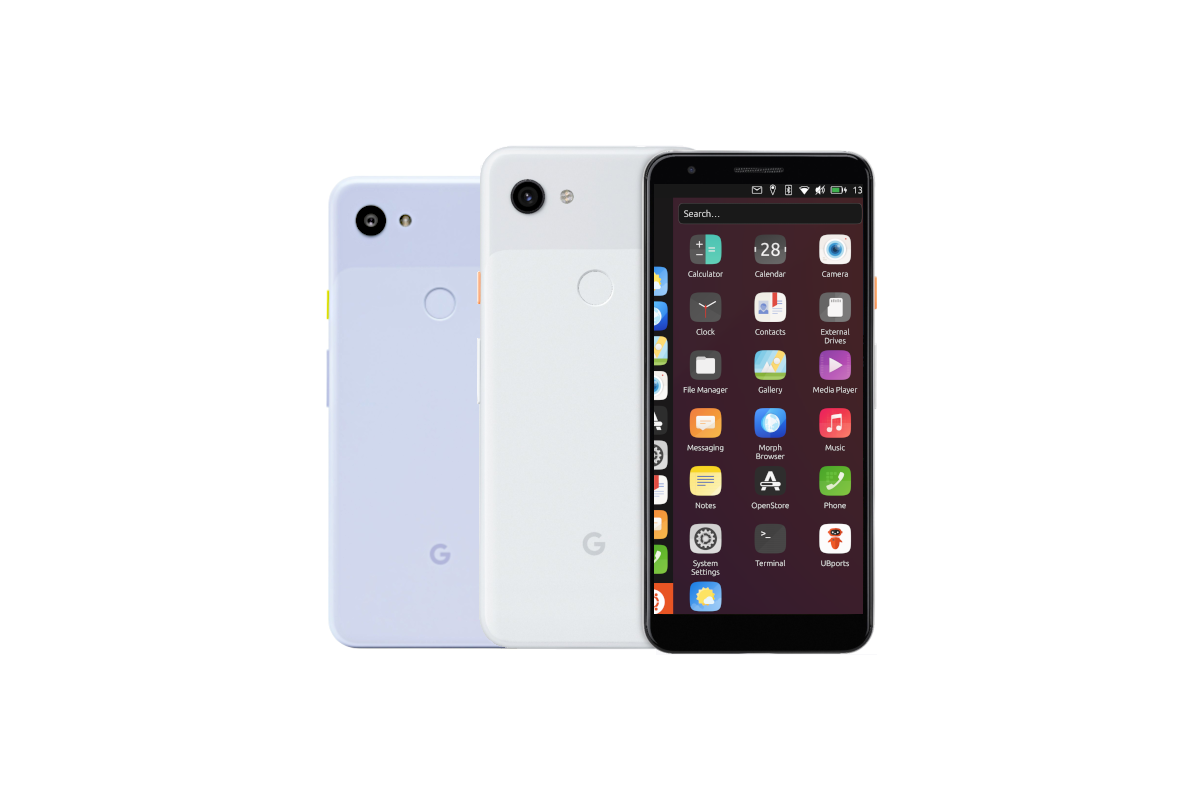
On May 7, 2019, Google released the Pixel 3a, marking its entry into the mid-range smartphone market. While it omitted some features from the flagship Pixel 3, it retained the impressive back camera system. Check out our comprehensive review of the Pixel 3a to learn more about its initial impact.
Google Pixel 4 - October 15, 2019
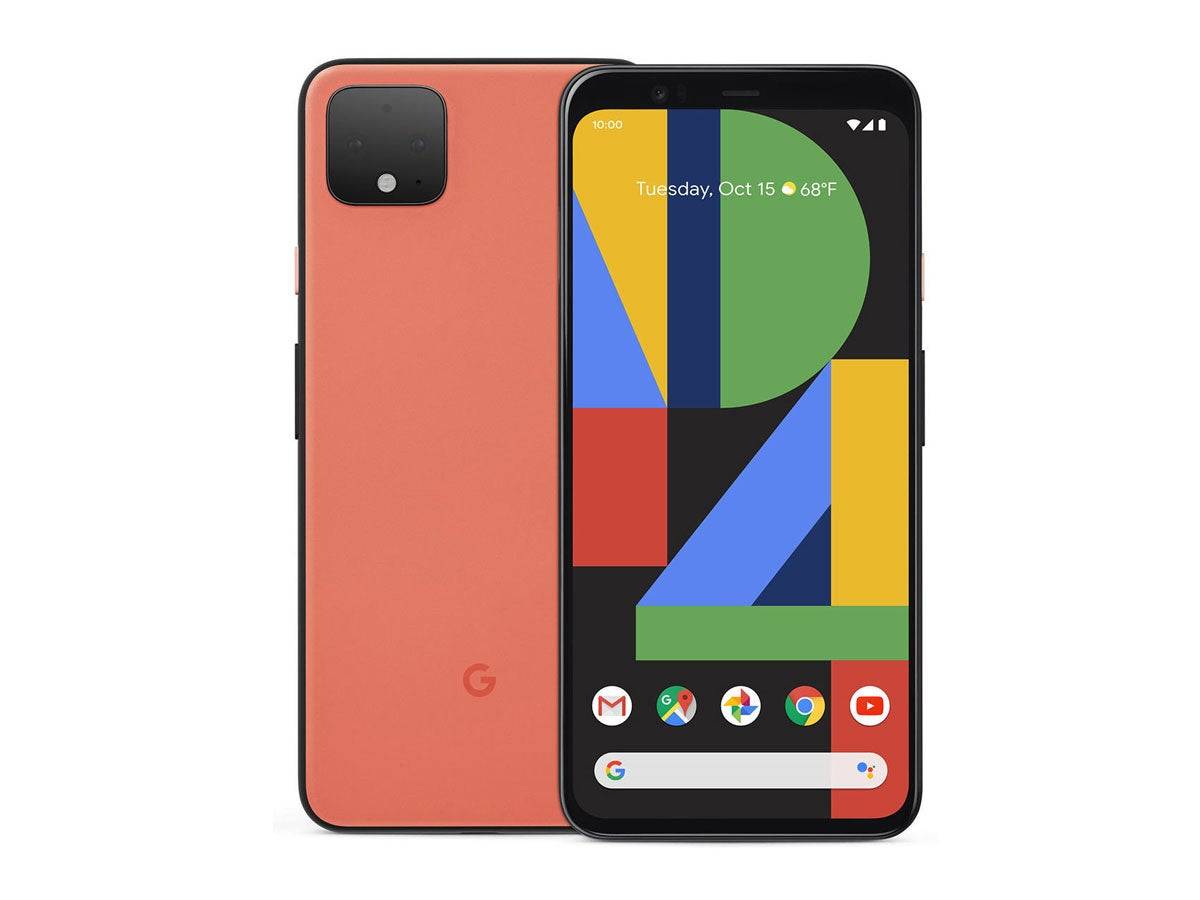
The Google Pixel 4, released on October 15, 2019, focused on internal enhancements. It boasted a 90Hz refresh rate for smoother visuals and upgraded the camera system with a 2x optical zoom. The device also came with 6GB of RAM, a notable increase from the 4GB in the Pixel 3.
Google Pixel 4a - August 20, 2020
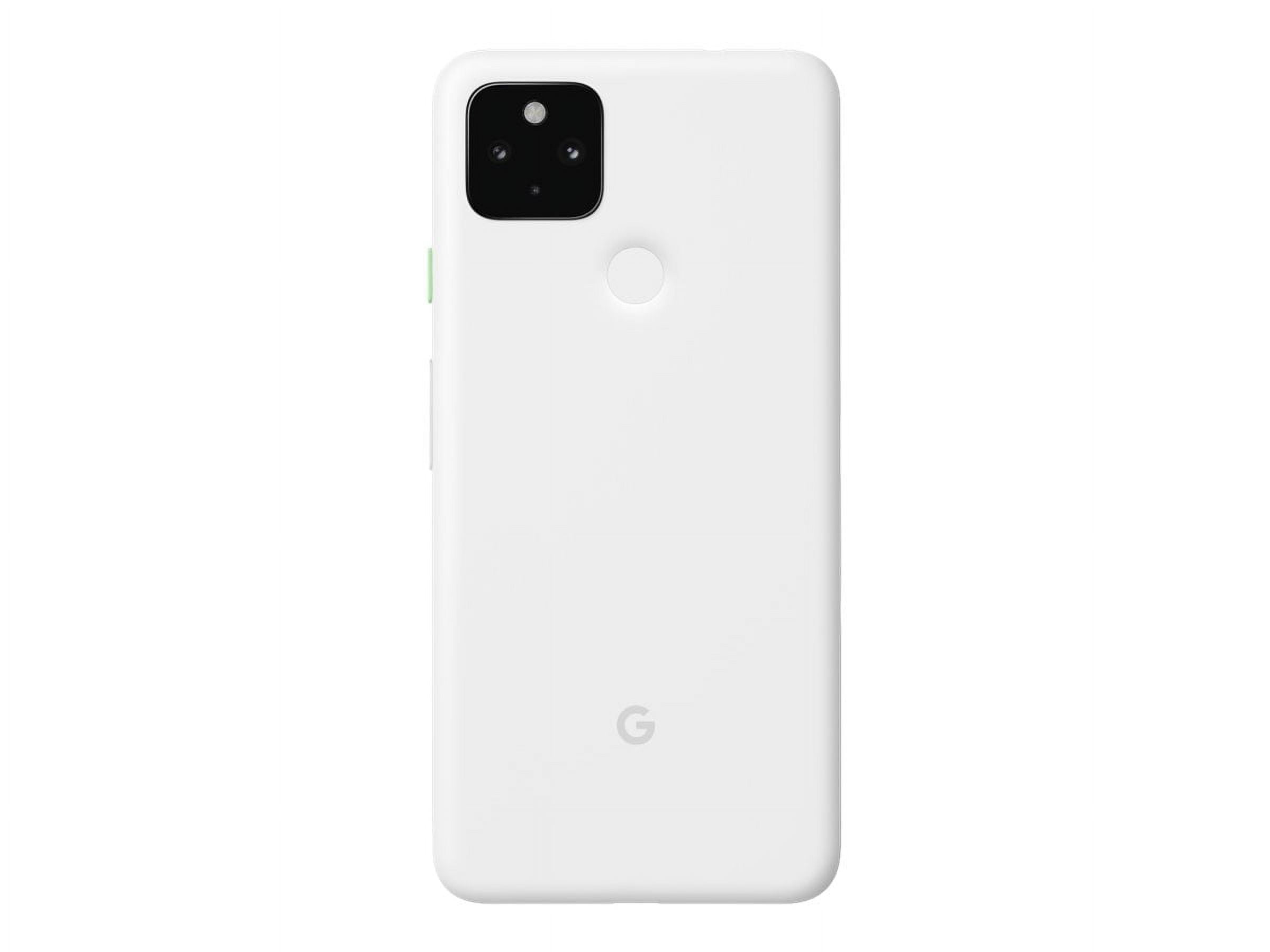
The Google Pixel 4a, launched on August 20, 2020, omitted the 90Hz refresh rate but improved display brightness by 83%, reaching a peak of 796 nits. Additionally, it was more power-efficient, providing an extra four hours of battery life compared to the Pixel 4.
Google Pixel 5 - October 15, 2020

Battery life was a key focus for the Google Pixel 5, released on October 15, 2020. It featured a 4080mAh battery, offering nearly 50% more battery life per charge than the Pixel 4. It also incorporated the increased display brightness from the Pixel 4a and added a fingerprint scanner, along with the ability to wirelessly charge other devices.
Google Pixel 5a - August 26, 2021
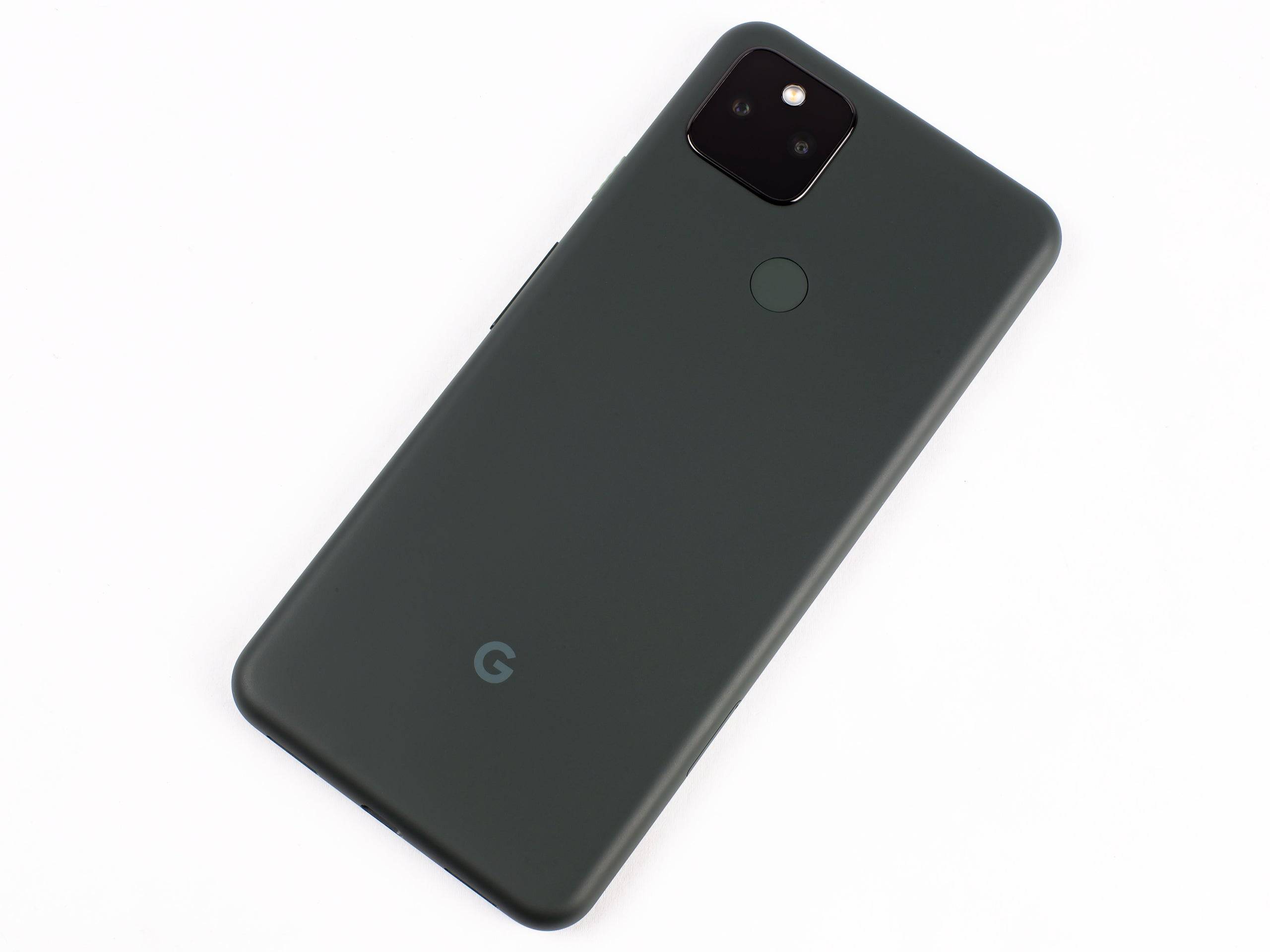
Image Credit: Ars Technica. The Google Pixel 5a, launched on August 26, 2021, closely resembled the Pixel 5 but featured a slightly larger 6.34-inch display. It had a larger 4680mAh battery but did not support wireless charging, unlike its predecessor.
Google Pixel 6 - October 28, 2021
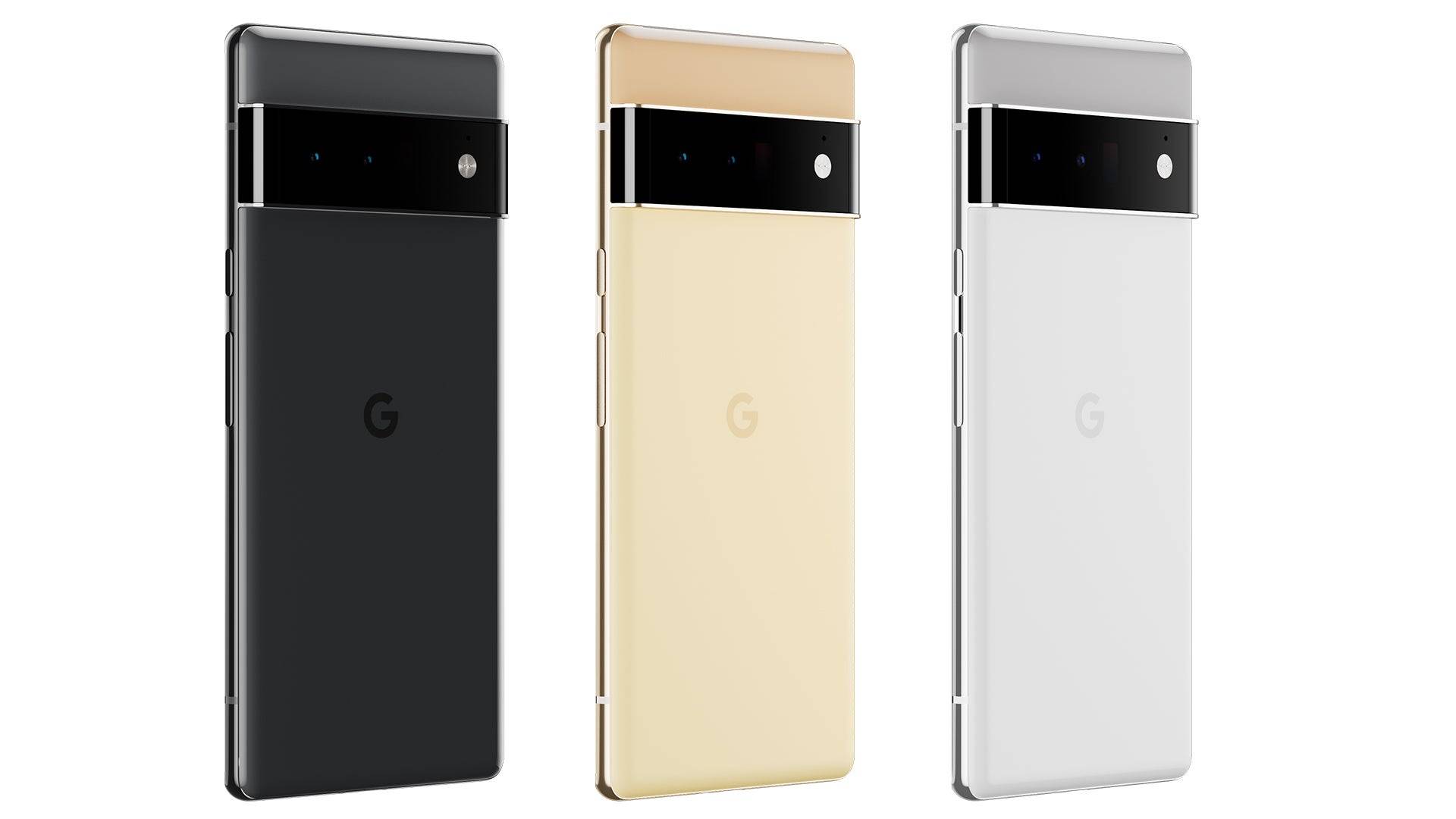
The Google Pixel 6, launched on October 28, 2021, introduced a striking new design with an integrated camera bar. Priced $100 less than the Pixel 5, it offered enhanced camera systems for better low-light photography. The Pro version was particularly acclaimed and remains a strong contender in the smartphone market.
Google Pixel 6a - July 21, 2022
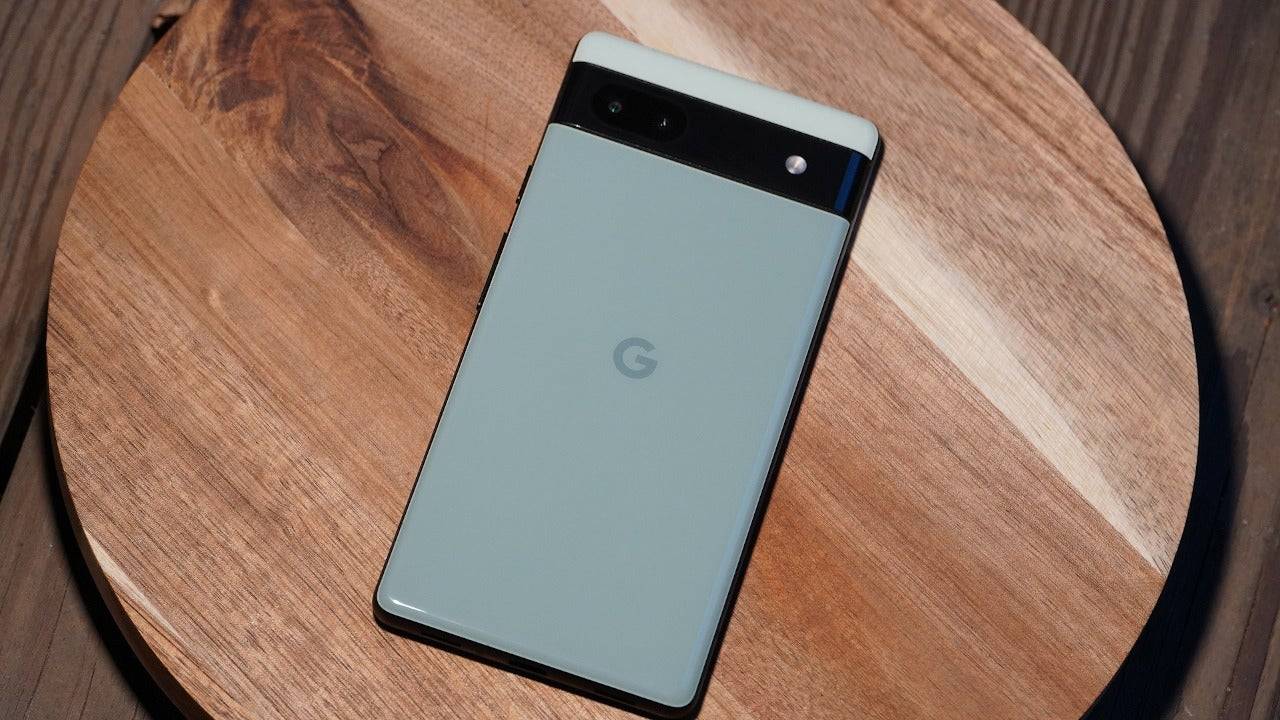
Launched on July 21, 2022, the Google Pixel 6a reduced the refresh rate to 60Hz and RAM to 6GB compared to the Pixel 6. The most notable change was the main camera sensor, dropping from 50MP in the Pixel 6 to 12.2MP.
Google Pixel 7 - October 13, 2022
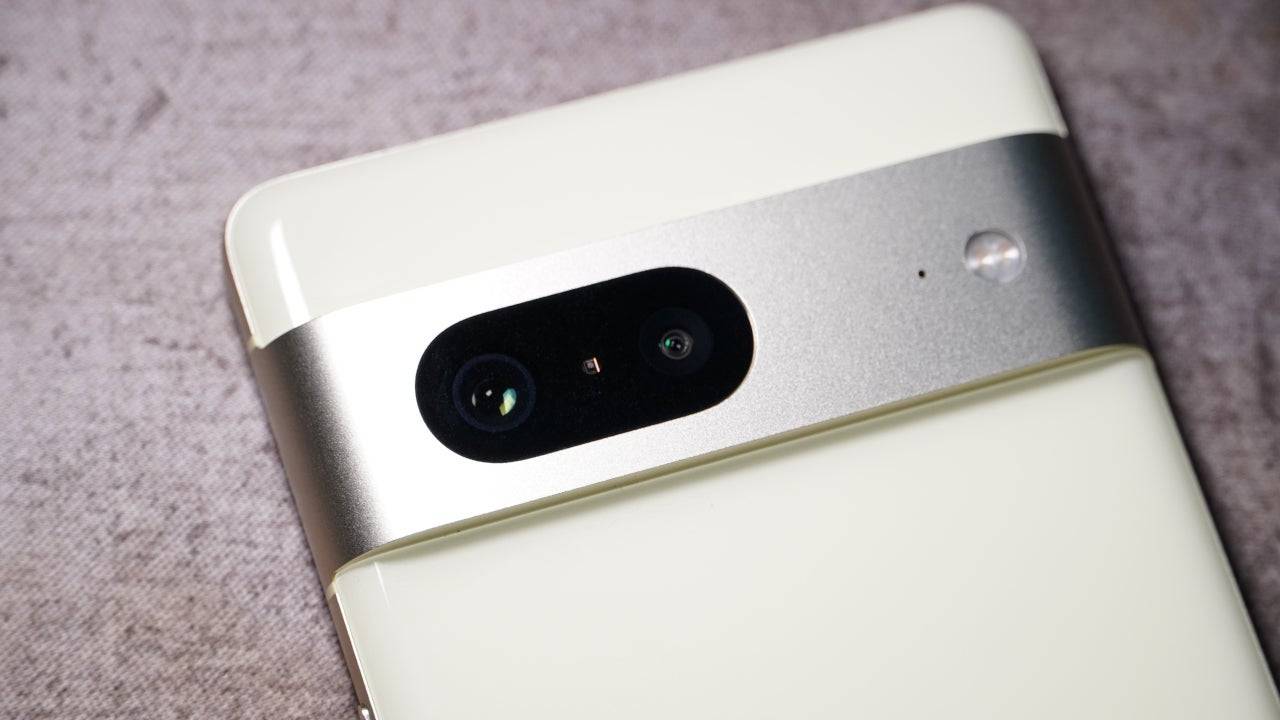
The Google Pixel 7, released on October 13, 2022, brought minor but meaningful upgrades, including an improved fingerprint sensor and a redesigned camera bar. While not groundbreaking, it was a solid upgrade for users with older Pixel models. The larger Pixel 7 Pro was favored in our comparisons.

Google Pixel 7 (128GB)
0See it at Amazon
Google Pixel 7a - May 10, 2023
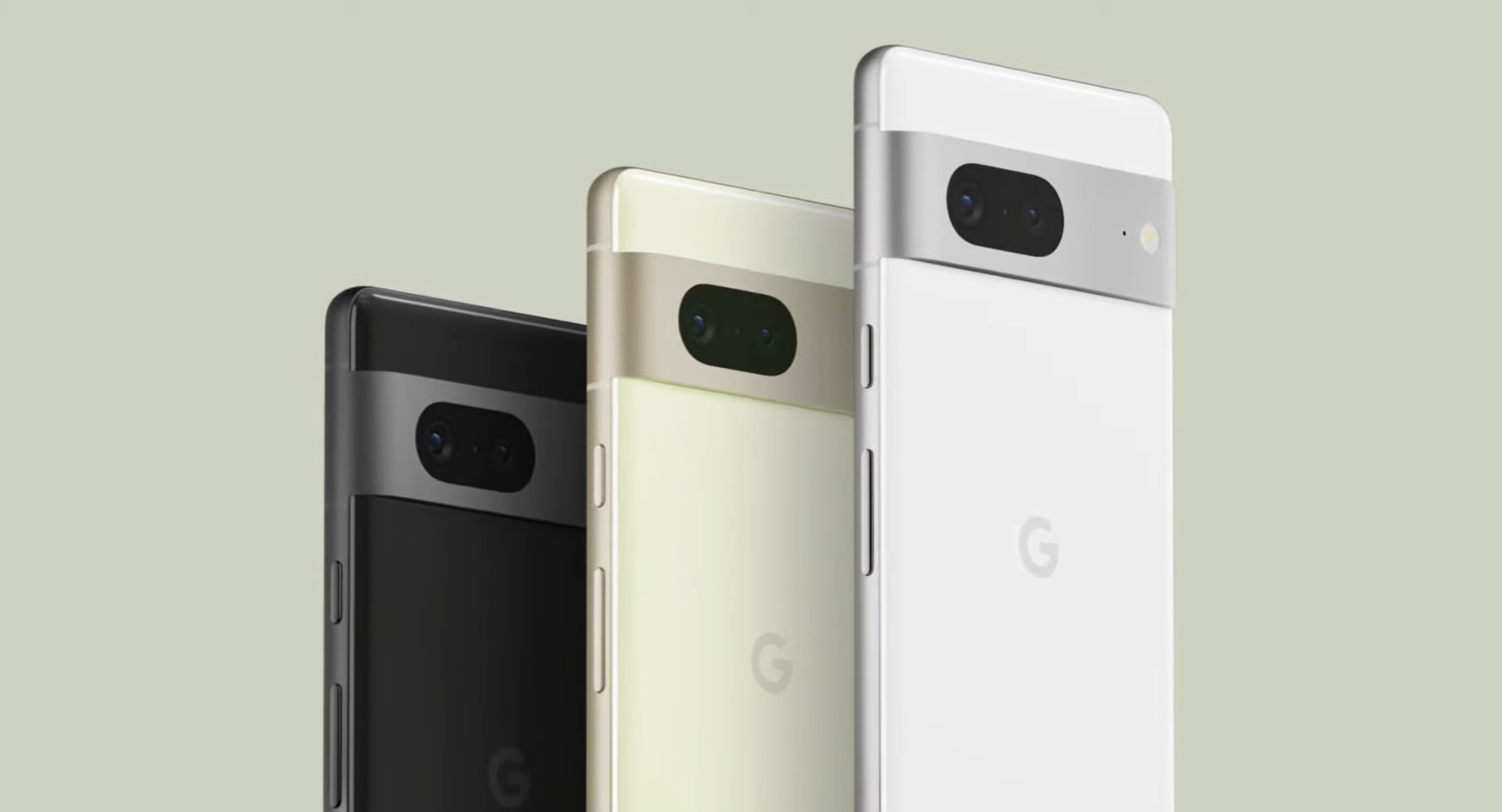
Launched on May 10, 2023, the Google Pixel 7a featured a 64MP main camera, retained the 90Hz refresh rate, and included 8GB of RAM. Despite its slightly smaller size compared to the Pixel 7, it maintained similar battery life, though the Pixel 7 supported faster charging.
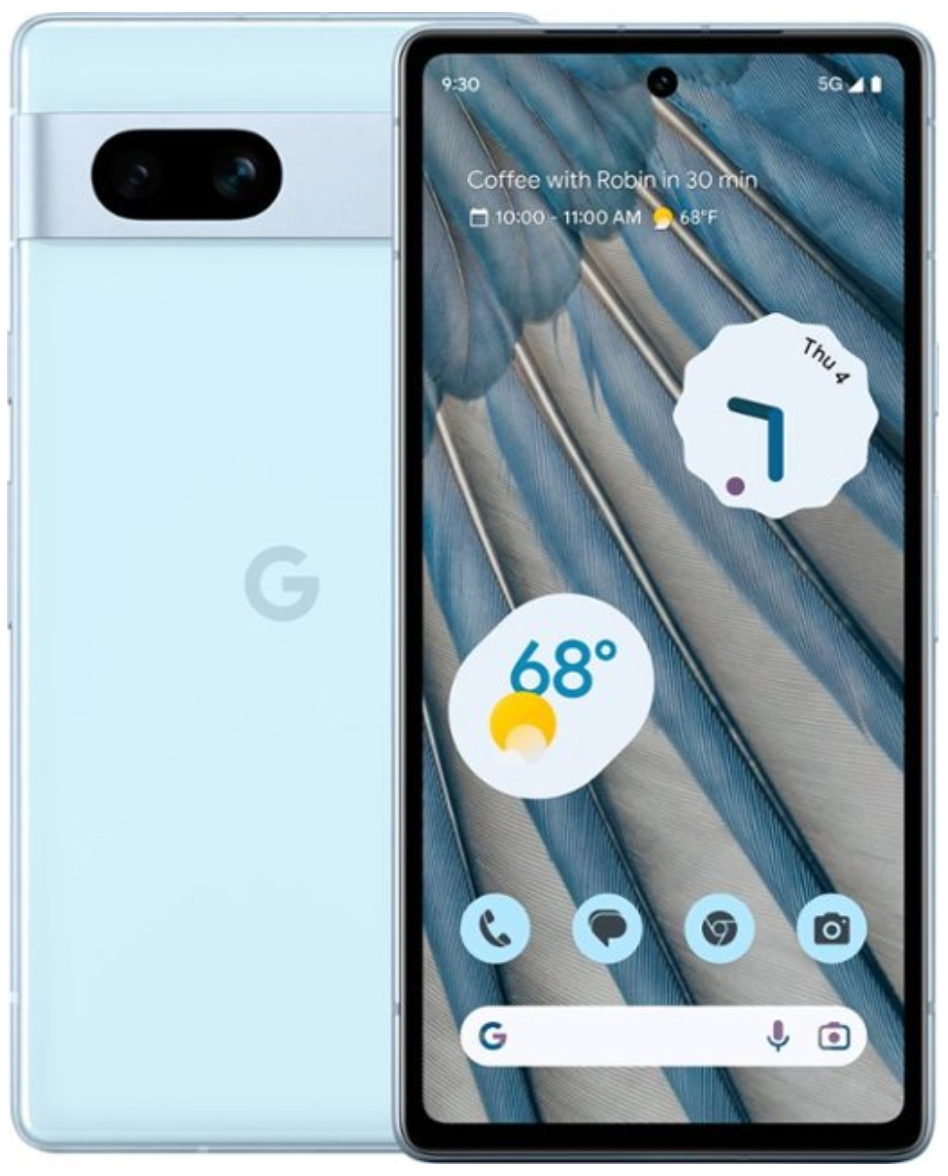
Google Pixel 7a
8A slightly more budget-friendly option compared to the Pixel 7, the Pixel 7a offers the same powerful processor, impressive AI features, and solid camera performance. See it at Best Buy
Google Pixel Fold - June 20, 2023

The Google Pixel Fold, launched on June 20, 2023, represented Google's first major shakeup to the Pixel lineup in years. This foldable device featured a 7.6-inch display when open and a standard outer display for regular smartphone use. It incorporated many of the Pixel 7 Pro's camera features and allowed for versatile camera angles using its foldable design.
Google Pixel 8 - October 12, 2023
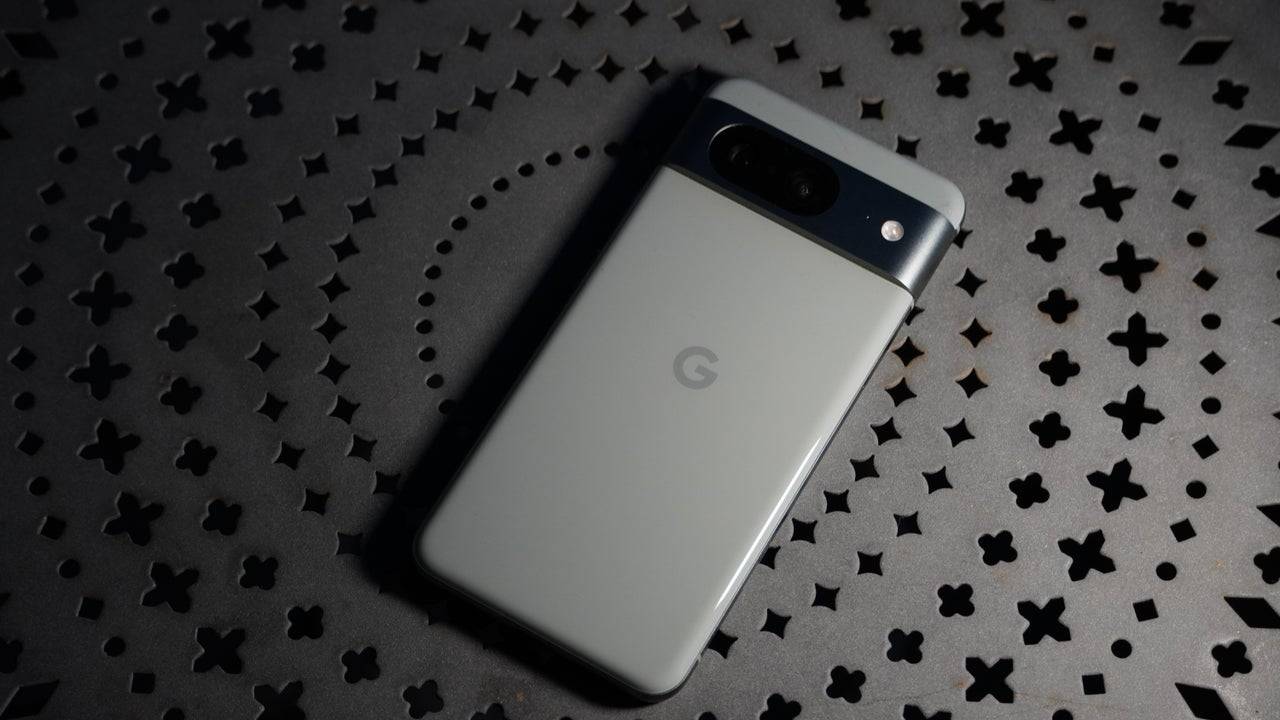
The Google Pixel 8, released on October 12, 2023, introduced a peak brightness of 2000 nits and a 120Hz refresh rate. It followed closely on the heels of the innovative Pixel Fold, offering solid upgrades over the Pixel 7 line.
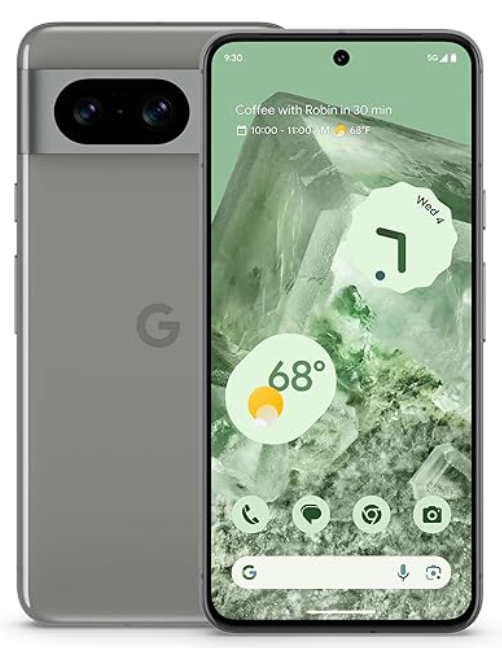
12Powered by a G3 Tensor chip, the Pixel 8 delivers excellent camera performance, smart AI features, and a stunning OLED display at a competitive price. See it at Amazon
Google Pixel 8a - May 14, 2024

Launched on May 14, 2024, the Google Pixel 8a opted for Gorilla Glass 3 instead of Gorilla Glass Victus on its display. While it shared similar performance and an OLED display with the Pixel 8, its 64MP main camera offered a higher pixel count but less depth compared to the Pixel 8's 50MP camera.
Google Pixel 9 - August 22, 2024
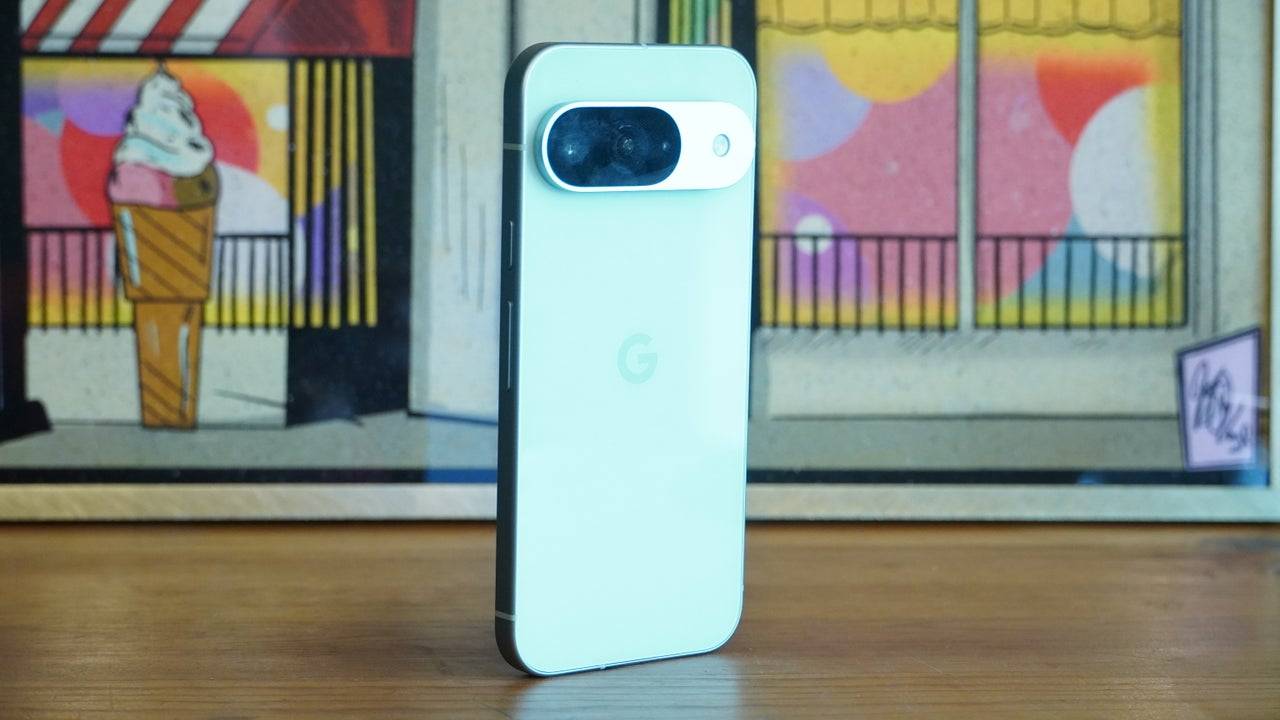
Breaking tradition, the Google Pixel 9 was released on August 22, 2024, rather than in October. It introduced Satellite SOS features, a new design, and a triple rear camera. The Pro series even upped the ante with 16GB of RAM, marking a significant leap forward for the Pixel lineup.

0With its elegant design, outstanding camera capabilities, superior display, and extensive software support, the Pixel 9 Pro stands out as a top-tier smartphone. See it at Amazon. See it at Best Buy
Google Pixel 9 Pro Fold - September 4, 2024
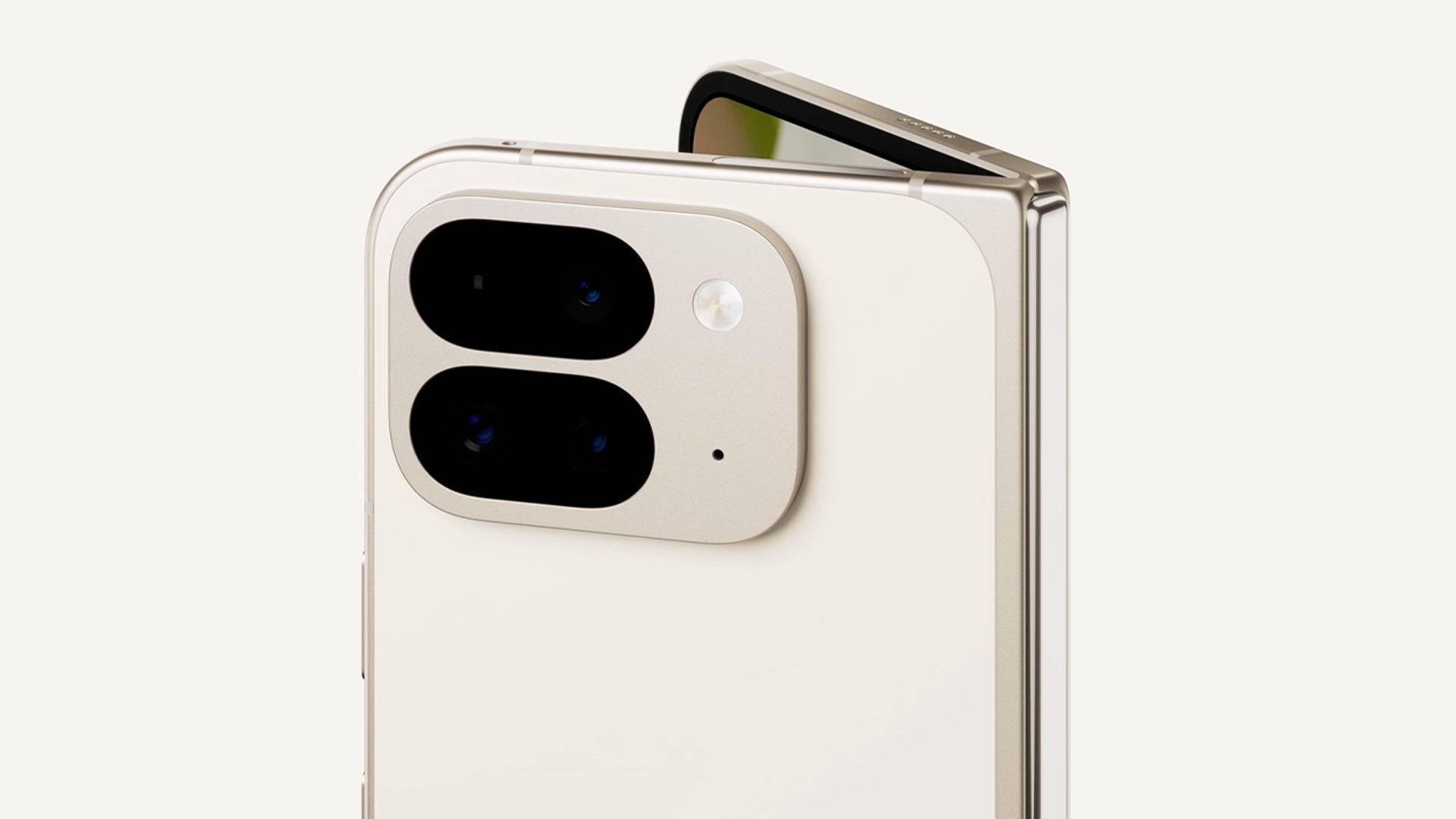
The latest in the Pixel lineup, the Google Pixel 9 Pro Fold, launched on September 4, 2024, features a foldable display that builds upon the 2023 Pixel Fold. With a taller and thinner design, it offers an 8-inch interior OLED display and a 6.3-inch outer OLED screen. Equipped with three rear-facing cameras and 16GB of RAM, it stands as Google's premier phone at the moment.
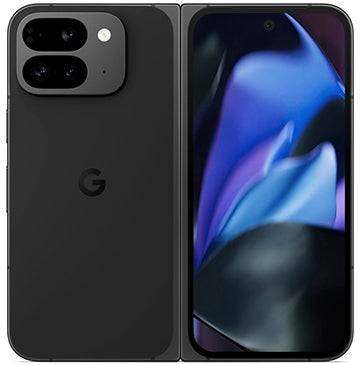
Preorder the Google Pixel 9 Pro Fold 256GB
0See it at Amazon
When Is the Google Pixel 10 Coming Out?
The Google Pixel 10 lineup, including the Pixel 10 Pro and Pixel 10 Pro XL, is expected to be released in the fall of 2025. While Google traditionally launches new Pixel models in October, the earlier August release of the Pixel 9 suggests a possible shift to August 2025 for the Pixel 10.
-
Vampire Survivors has just rolled out a major free DLC drop—*Emerald Diorama*—and it’s making waves in the gaming community. This exciting new addition is inspired by Square Enix’s legendary *SaGa* series, blending the retro charm of classic JRPGs with Vampire Survivors’ signature wave-based gameplaAuthor : Patrick Nov 27,2025
-
Batman enthusiasts won't want to miss this incredible offer. The comprehensive volume Batman: The Definitive History of the Dark Knight in Comics, Film, and Beyond is currently discounted by 53% on Amazon. This newly updated edition retails for $75 bAuthor : Thomas Nov 26,2025
-
 Casino In The ForestDownload
Casino In The ForestDownload -
 Daily Lives of my Countryside (v0.2.7.1)Download
Daily Lives of my Countryside (v0.2.7.1)Download -
 Hunte: Space PiatesDownload
Hunte: Space PiatesDownload -
 Subway Ryan Rush Runner 3DDownload
Subway Ryan Rush Runner 3DDownload -
 No MercyDownload
No MercyDownload -
 Futagenesis UnveiledDownload
Futagenesis UnveiledDownload -
 Puzzlerama -Lines, Dots, PipesDownload
Puzzlerama -Lines, Dots, PipesDownload -
 Spirit EchoesDownload
Spirit EchoesDownload -
 Claras Love HotelDownload
Claras Love HotelDownload -
 4Play - Mau Binh OnlineDownload
4Play - Mau Binh OnlineDownload
- Mastering Two-Handed Weapons in Elden Ring: A Guide
- Roblox Simulator Codes: Unlock Exclusive Rewards!
- Wuthering Waves: Uncover the Secrets of Whisperwind Haven's Palette
- Top 25 Palworld Mods to Enhance Your Game
- Karl Urban Debuts as Johnny Cage in Mortal Kombat 2
- Ultimate Guide to Shinigami Progression in Hollow Era










![Back to the Roots [0.8-public]](https://images.ydxad.com/uploads/44/1719584089667ec55970d05.png)


